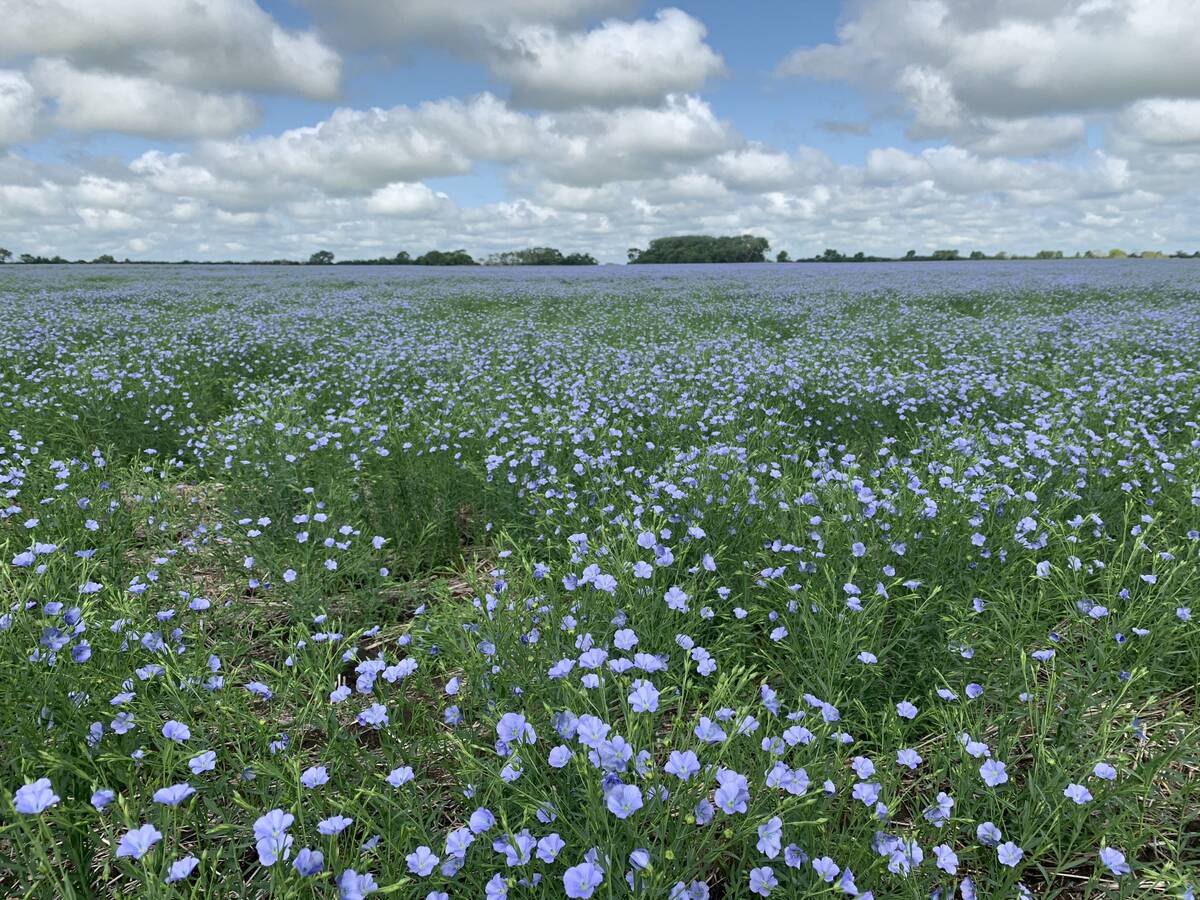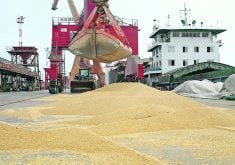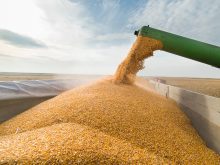Western Canada’s flax crop is smaller than analysts expected in the spring, but doing better than some other crops.
But the smaller crop won’t necessarily mean a big boost to prices, says Lawrence Yakielashek of Toepfer Canada.
A big American crop and cautious European buyers have slowed sales of new-crop flax.
“They could be (almost) self-sufficient in flax this year,” said Yakielashek of the United States. A few years ago the U.S. was importing about 200,000 tonnes of Canadian flax annually.
This year it might only be 30,000 tonnes.
Read Also

Flax sector sees omega-3 opportunity
SASKATOON — A global shortage of omega-3 oils could be an opportunity for the flax sector, says an industry official….
American subsidies have promoted flax acreage in the U.S. Seeded area has grown from 336,000 acres in 1998 to an estimated 556,000 acres this year. The 2001 crop looks good so far. Already 20,000 tonnes of new-crop American flax have been sold into Europe for this fall.
Europe has a small crop this year and will need to import supplies. But how much remains to be seen. Buyers aren’t panicking.
“Demand has been pretty light lately,” said Yakielashek.”They do need imports, but they’re waiting to see what the size of our crop is.”
The Canadian crop has been hurt by the drought in Alberta and Saskatchewan.
But because it was seeded later than other crops, flax hasn’t suffered as much, and recent rains have come just in time for some fields.
Yakielashek toured Manitoba and Saskatchewan recently. What he saw caused him to downgrade his projections of this year’s flax crop from 850,000 tonnes to between 700,000 and 750,000.
“It’s hurt too, but not as dramatically as canola or peas, durum or malting barley. It varies dramatically.”
Crops in central and western Saskatchewan are generally poor, patchy and unpromising. Crops in the Tisdale area look better.
Many crops in Manitoba and the Yorkton, Sask., area “look fantastic,” he said.
Flax prices should follow their usual path below canola.
The spread between canola and flax narrowed last winter when it looked like there would be a big carry over of canola, but flax demand was hot.
With the recent drought-inspired run up in canola prices, the spread has widened to about $40 a tonne.
Yakielashek expects a spread of between $30 and $50 per tonne under canola will continue.















